Aerated Ponds
Usually dispatched in 2 to 3 days
Usually dispatched in 2 to 3 days
Category:
Wastewater Treatment
The content of this technical sheet on “aerated ponds” is based primarily on the following publications:
“Aerated Pond”, compiled by Eawag (Swiss Federal Institute of Aquatic Science and Technology),
Dorothee Spuhler (international Gmbh) published on SSWM (http://www.sswm.info) (2015).
“Aerated, partial mix lagoons”, Technology Fact Sheet 832-F-02-008, published by U.S. EPA (2002).
“Principles of design and operations of wastewater treatment pond systems for plant operators,
engineers, and managers”, EPA/600/R-11/088, published by U.S. EPA (August 2011).
Only logged in customers who have purchased this product may leave a review.
Related products
Module 16 : Activated Sludge Process- Part 2
•List the key monitoring points within the activated sludge process and explain what to look for at those points.
•List five key process control parameters and for each parameter, explain what it is, why it is used and how it is calculated
•List the daily process control tasks that need to be accomplished and explain how to perform them.
Module 16 : Activated Sludge Process- Part 2
•List the key monitoring points within the activated sludge process and explain what to look for at those points.
•List five key process control parameters and for each parameter, explain what it is, why it is used and how it is calculated
•List the daily process control tasks that need to be accomplished and explain how to perform them.
Module 8: Overview of Advanced Wastewater Treatment Processes
• Identify the source and general types of wastewater odors.
• List three potential impacts of odors.
• List three factors affecting the existence of odors.
• Name a commonly used method to reduce odors from wastewater.
• Describe three methods for solving odor problems in air.
Module 8: Overview of Advanced Wastewater Treatment Processes
• Identify the source and general types of wastewater odors.
• List three potential impacts of odors.
• List three factors affecting the existence of odors.
• Name a commonly used method to reduce odors from wastewater.
• Describe three methods for solving odor problems in air.
Module 15: The Activated Sludge Process – Part 1
•Describe the activated sludge process and its control variables.
•List List three types of activated sludge treatment plants.
Module 15: The Activated Sludge Process – Part 1
•Describe the activated sludge process and its control variables.
•List List three types of activated sludge treatment plants.
Advanced wastewater treatment for separation and removal of pharmaceutical residues and other hazardous substances
The Swedish Environmental Protection Agency (EPA) has determined a need to introduce advanced treatment for pharmaceutical residues in wastewater. An additional benefit of such a treatment is that it would also include the treatment of other hazardous substances.The extent to which pharmaceutical residues risk becoming a problem depends on local conditions such as the sensitivity of the receiving waters. While this is an important variable to consider, the Swedish EPA believes that the sensitivity of the receiving waters should not be the only consideration when setting requirements for treatment. The amount of released pharmaceutical residues and long-term effects should also be considered in decision making and justification. The investment and operational costs of introducing advanced treatment depend in part on the size and current capacity of treatment facilities, which is why size limitations can be an additional consideration when setting requirements.
Advanced wastewater treatment for separation and removal of pharmaceutical residues and other hazardous substances
The Swedish Environmental Protection Agency (EPA) has determined a need to introduce advanced treatment for pharmaceutical residues in wastewater. An additional benefit of such a treatment is that it would also include the treatment of other hazardous substances.The extent to which pharmaceutical residues risk becoming a problem depends on local conditions such as the sensitivity of the receiving waters. While this is an important variable to consider, the Swedish EPA believes that the sensitivity of the receiving waters should not be the only consideration when setting requirements for treatment. The amount of released pharmaceutical residues and long-term effects should also be considered in decision making and justification. The investment and operational costs of introducing advanced treatment depend in part on the size and current capacity of treatment facilities, which is why size limitations can be an additional consideration when setting requirements.
Advanced Oxidation Processes for Water Treatment
This book provides an overview of the most studied AOPs, some of which are largely implemented for water remediation. The fundamental principles, kinetic modeling, water quality impact on process performance, byproduct formation, economics, examples of research and pilot studies, full-scale applications and future research needs are discussed for each advanced oxidation process.
Advanced Oxidation Processes for Water Treatment
This book provides an overview of the most studied AOPs, some of which are largely implemented for water remediation. The fundamental principles, kinetic modeling, water quality impact on process performance, byproduct formation, economics, examples of research and pilot studies, full-scale applications and future research needs are discussed for each advanced oxidation process.
Advanced Wastewater Treatment By Nanofiltration And Activated Carbon For High Quality Water Reuse
Hybrid processes combining activated carbon and nanofiltration have been studied to identify the optimum solution for advanced wastewater treatment in high quality water reclamation and reuse. With a focus on the removal of bulk and trace organic compounds the investigation identified three promising process combinations, namely powdered activated carbon followed by nanofiltration (PAC/NF), granular activated carbon followed by nanofiltration (GAC/NF) and nanofiltration followed by granular activated carbon (NF/GAC). The removal potential was examined in lab and pilot scale for a range of refractory pharmaceuticals and industrial chemicals typically detected in effluent in trace concentrations ranging from ng/L to μg/L. Fluorescence excitation emission spectroscopy was employed for the investigation of the fate of effluent organic matter. The optimum strategies for operation of the hybrid processes were determined in pilot scale. The experiments were conducted at the Wastewater Treatment Plant Aachen Soers providing an effluent of high quality with low dissolved organic carbon (DOC) concentrations of about 5 mg/L.
Advanced Wastewater Treatment By Nanofiltration And Activated Carbon For High Quality Water Reuse
Hybrid processes combining activated carbon and nanofiltration have been studied to identify the optimum solution for advanced wastewater treatment in high quality water reclamation and reuse. With a focus on the removal of bulk and trace organic compounds the investigation identified three promising process combinations, namely powdered activated carbon followed by nanofiltration (PAC/NF), granular activated carbon followed by nanofiltration (GAC/NF) and nanofiltration followed by granular activated carbon (NF/GAC). The removal potential was examined in lab and pilot scale for a range of refractory pharmaceuticals and industrial chemicals typically detected in effluent in trace concentrations ranging from ng/L to μg/L. Fluorescence excitation emission spectroscopy was employed for the investigation of the fate of effluent organic matter. The optimum strategies for operation of the hybrid processes were determined in pilot scale. The experiments were conducted at the Wastewater Treatment Plant Aachen Soers providing an effluent of high quality with low dissolved organic carbon (DOC) concentrations of about 5 mg/L.
Sewer Design Guide
Abstract:
the Sewer Design Guide is a guide for the engineer when planning and designing wastewater facilities and should be used for both public facilities and private facilities which serve multiple lots. This guide summarizes and outlines relevant City policies, applicable codes, and engineering and operational practices and procedures that have been developed in an effort to establish a cost-effective, reliable, and safe wastewater collection system. Also to be considered and used in conjunction with this design guide are all applicable current standard drawings, specifications, codes, laws and industry requirements for the planning and design of wastewater infrastructures
Sewer Design Guide
Abstract:
the Sewer Design Guide is a guide for the engineer when planning and designing wastewater facilities and should be used for both public facilities and private facilities which serve multiple lots. This guide summarizes and outlines relevant City policies, applicable codes, and engineering and operational practices and procedures that have been developed in an effort to establish a cost-effective, reliable, and safe wastewater collection system. Also to be considered and used in conjunction with this design guide are all applicable current standard drawings, specifications, codes, laws and industry requirements for the planning and design of wastewater infrastructures
A Review of Electrocoagulation Process for Wastewater Treatment
The control of environmental pollution and also the treatment of polluted water are of great concern. Within the past decade, electrochemical coagulation process has emerged as most effective wastewater treatment process as compared to conventional techniques of treating wastewater. Electrocoagulation is robust, cost effective, reliable, low sludge generating process, it has automation amenability and it has high pollutant removal efficiency. The aim of the review is to explain the basics and up to date advancement of electrocoagulation method for the improvements in the pollutant removal efficiency.
A Review of Electrocoagulation Process for Wastewater Treatment
The control of environmental pollution and also the treatment of polluted water are of great concern. Within the past decade, electrochemical coagulation process has emerged as most effective wastewater treatment process as compared to conventional techniques of treating wastewater. Electrocoagulation is robust, cost effective, reliable, low sludge generating process, it has automation amenability and it has high pollutant removal efficiency. The aim of the review is to explain the basics and up to date advancement of electrocoagulation method for the improvements in the pollutant removal efficiency.
Agricultural Wastewater Treatment
In many semiarid and arid countries, water is now becoming an increasingly limited resource and managers are forced to take into account sources of water that may be used economically and efficiently to encourage further development. Simultaneously, with the population increasing at a high rate, the requirement for increased production of food is apparent. The prospective for irrigation to increase both the agricultural productivity and living standards of the poor has long been acknowledged. Irrigated agriculture occupies nearly 17% of the total arable land in the world but the yield from this land includes about 34% of the world total. This perspective is even more distinct in arid areas like the Near East Region, where only 30% of the cultivated land is irrigated but it yields around 75% of total agricultural production. In the same area, more than 50% of the food necessities are imported and the increased rate in demand for the food surpasses the rate of an upsurge in agricultural production (Tunney et al., 2000).
Agricultural Wastewater Treatment
In many semiarid and arid countries, water is now becoming an increasingly limited resource and managers are forced to take into account sources of water that may be used economically and efficiently to encourage further development. Simultaneously, with the population increasing at a high rate, the requirement for increased production of food is apparent. The prospective for irrigation to increase both the agricultural productivity and living standards of the poor has long been acknowledged. Irrigated agriculture occupies nearly 17% of the total arable land in the world but the yield from this land includes about 34% of the world total. This perspective is even more distinct in arid areas like the Near East Region, where only 30% of the cultivated land is irrigated but it yields around 75% of total agricultural production. In the same area, more than 50% of the food necessities are imported and the increased rate in demand for the food surpasses the rate of an upsurge in agricultural production (Tunney et al., 2000).


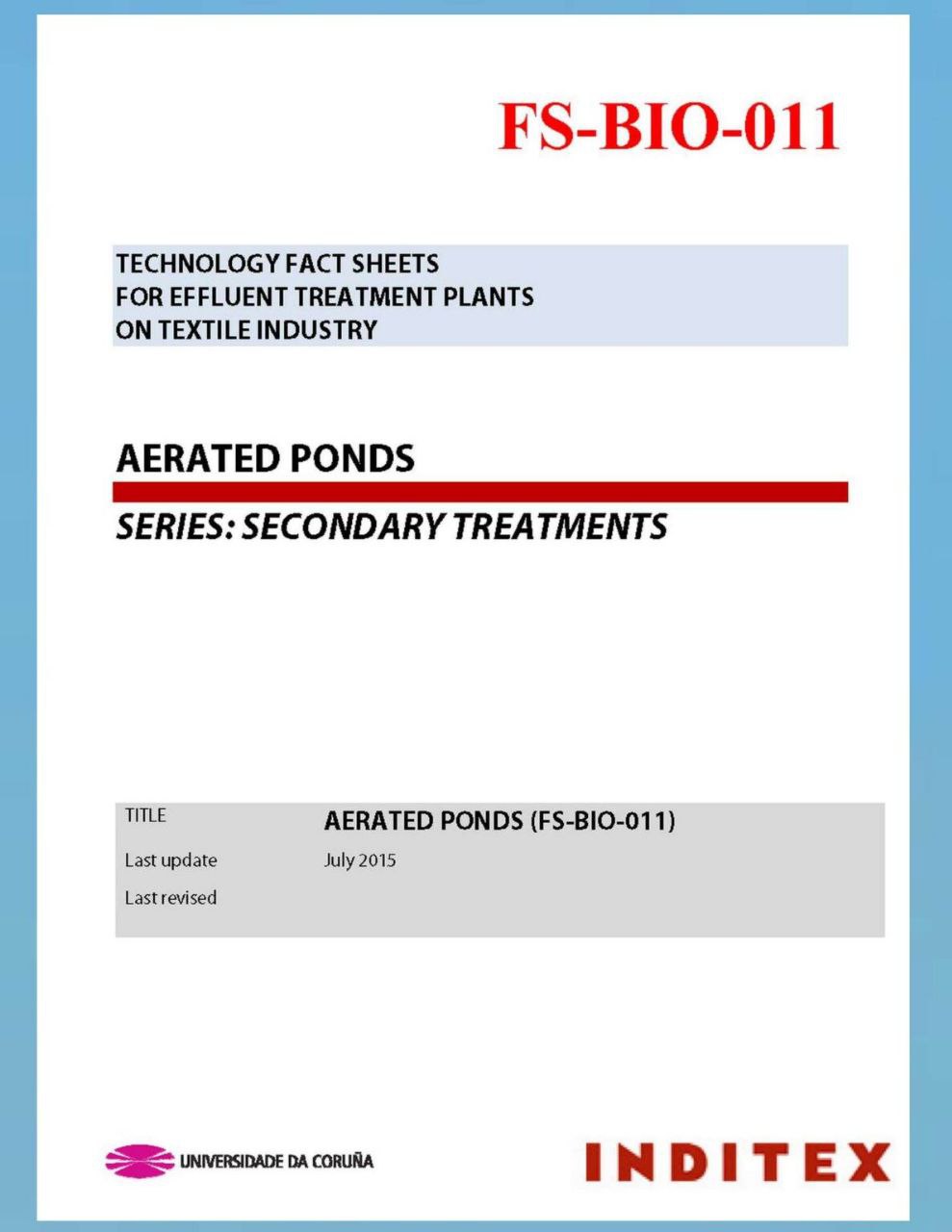

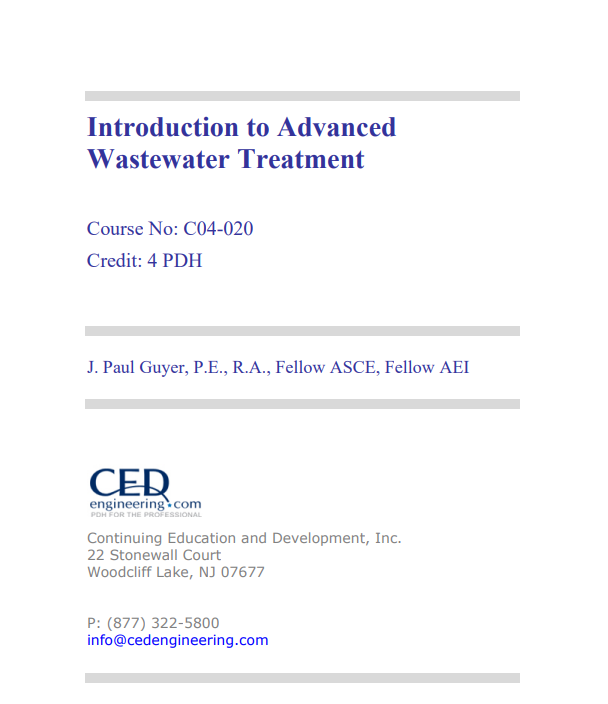
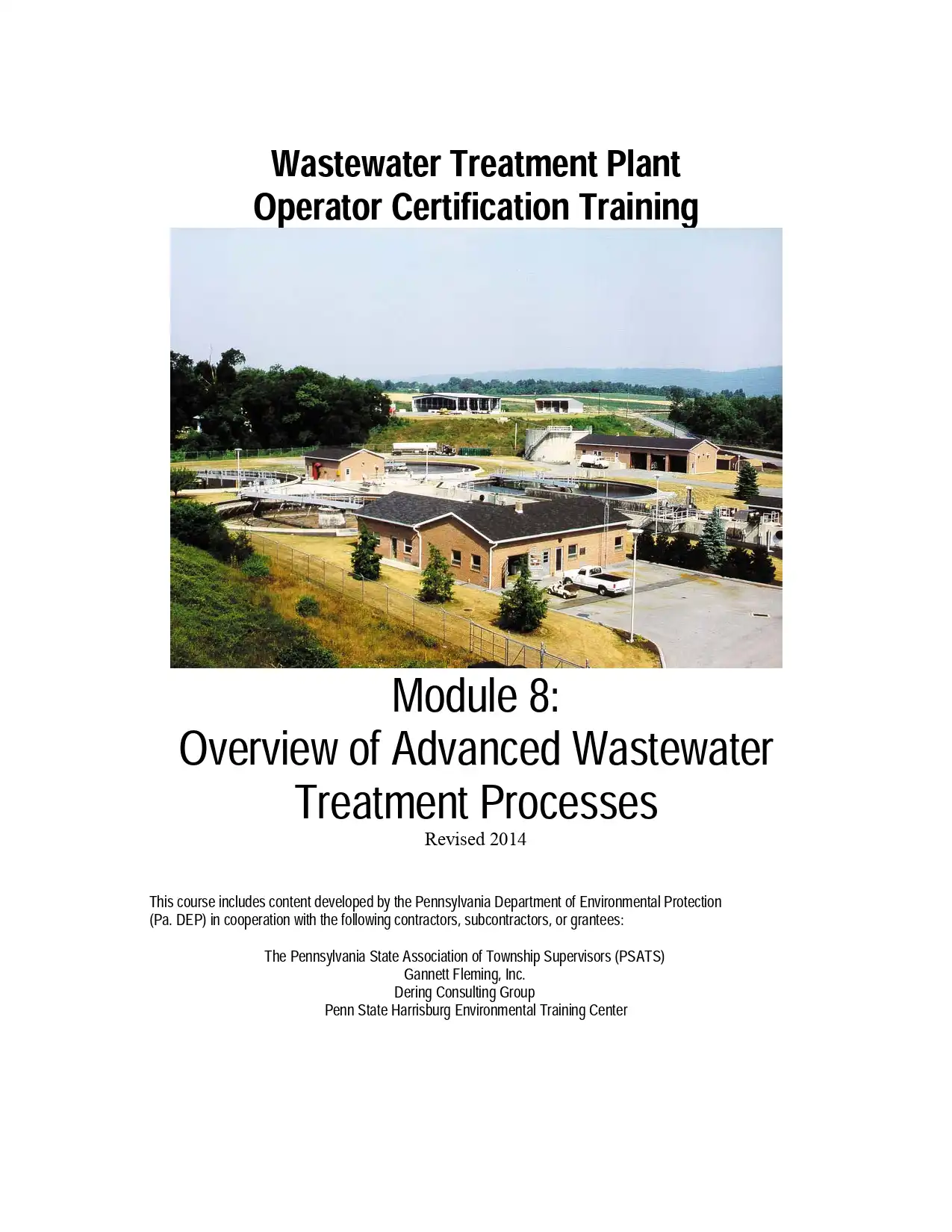
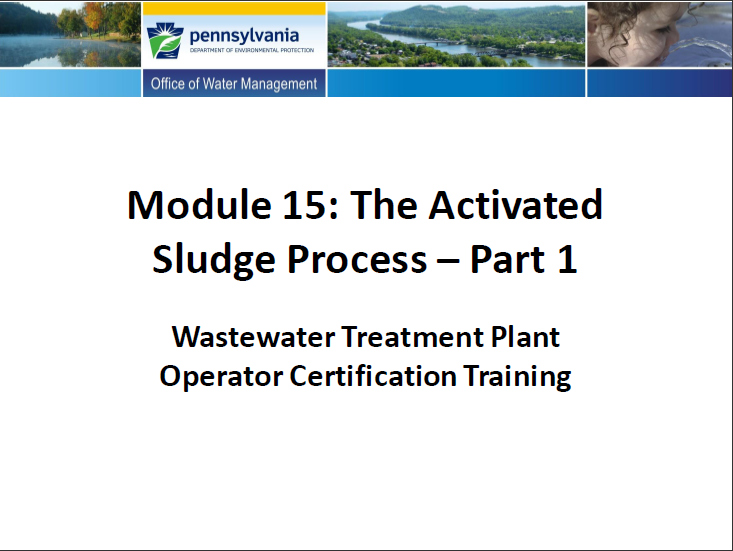
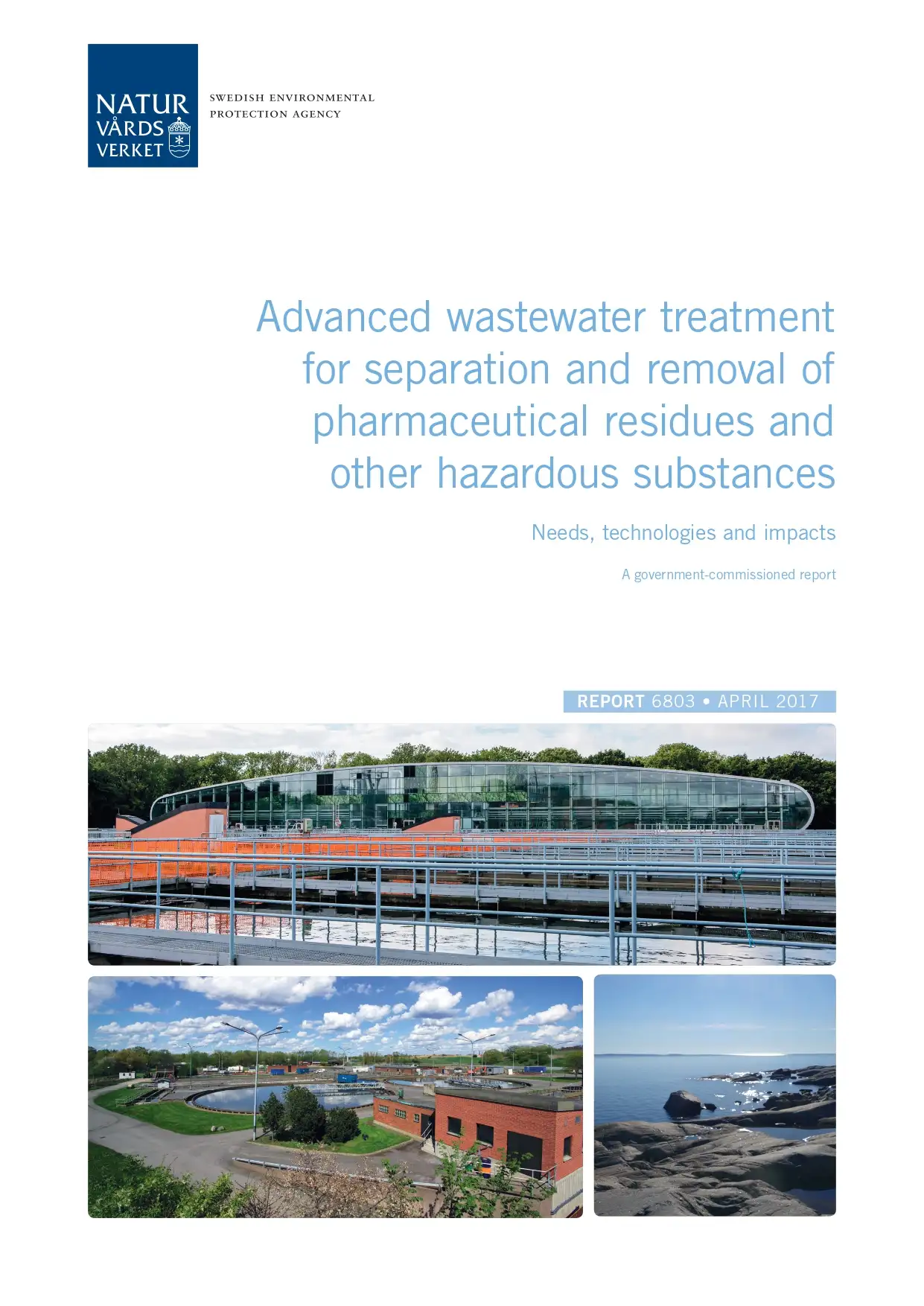
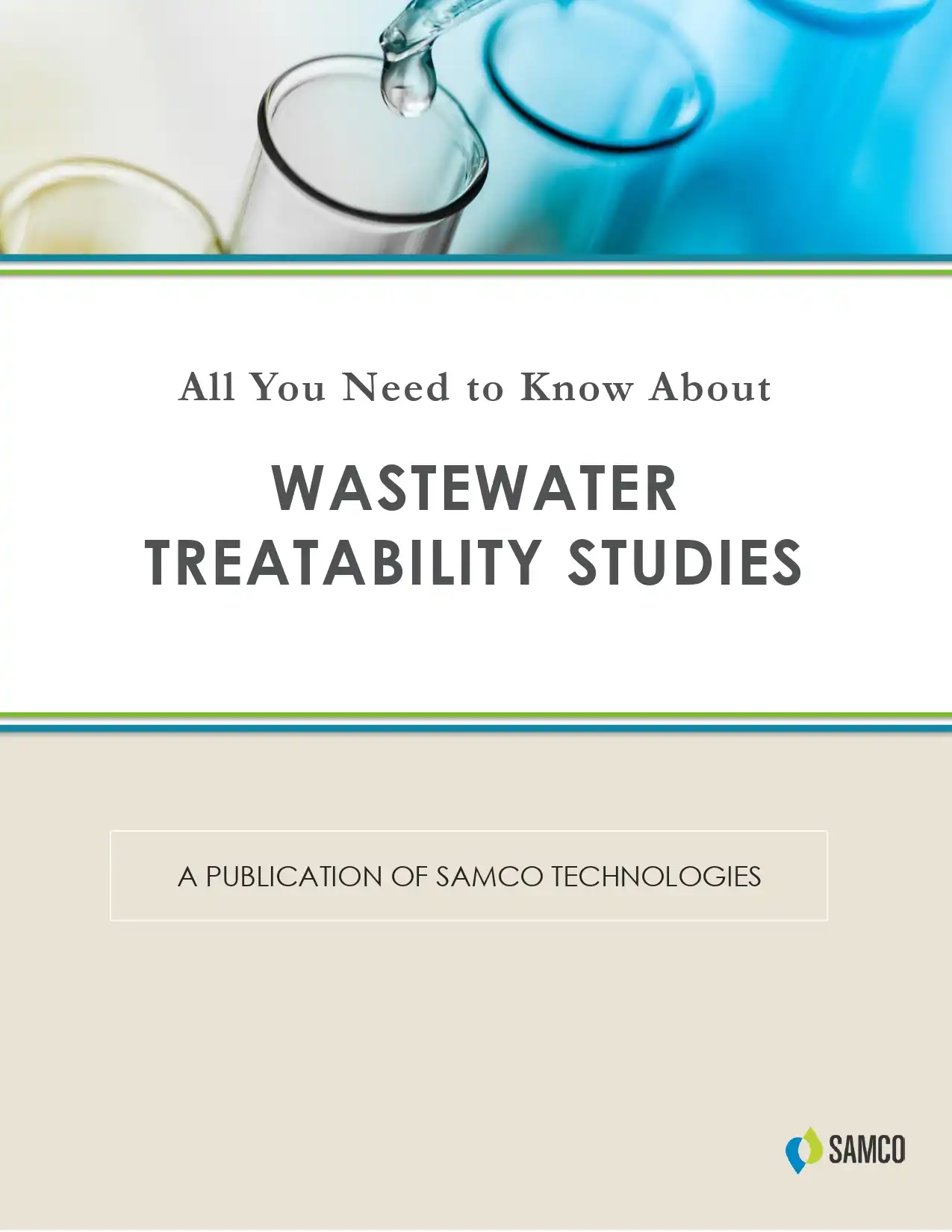
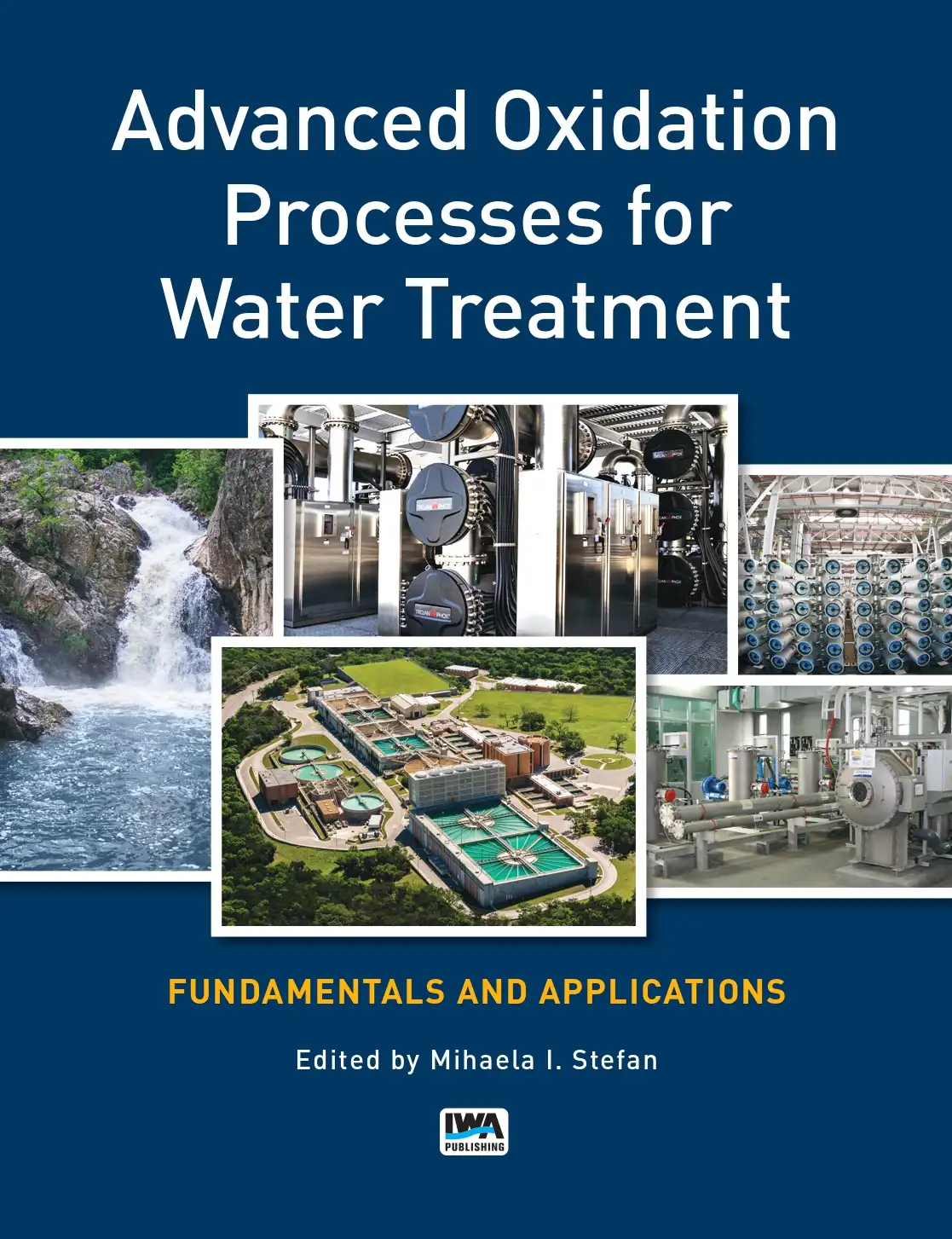
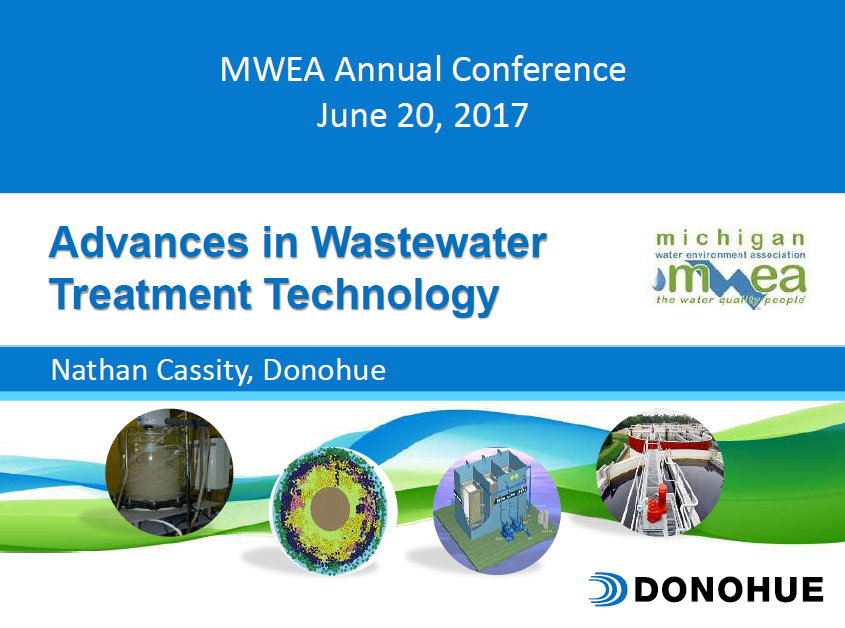
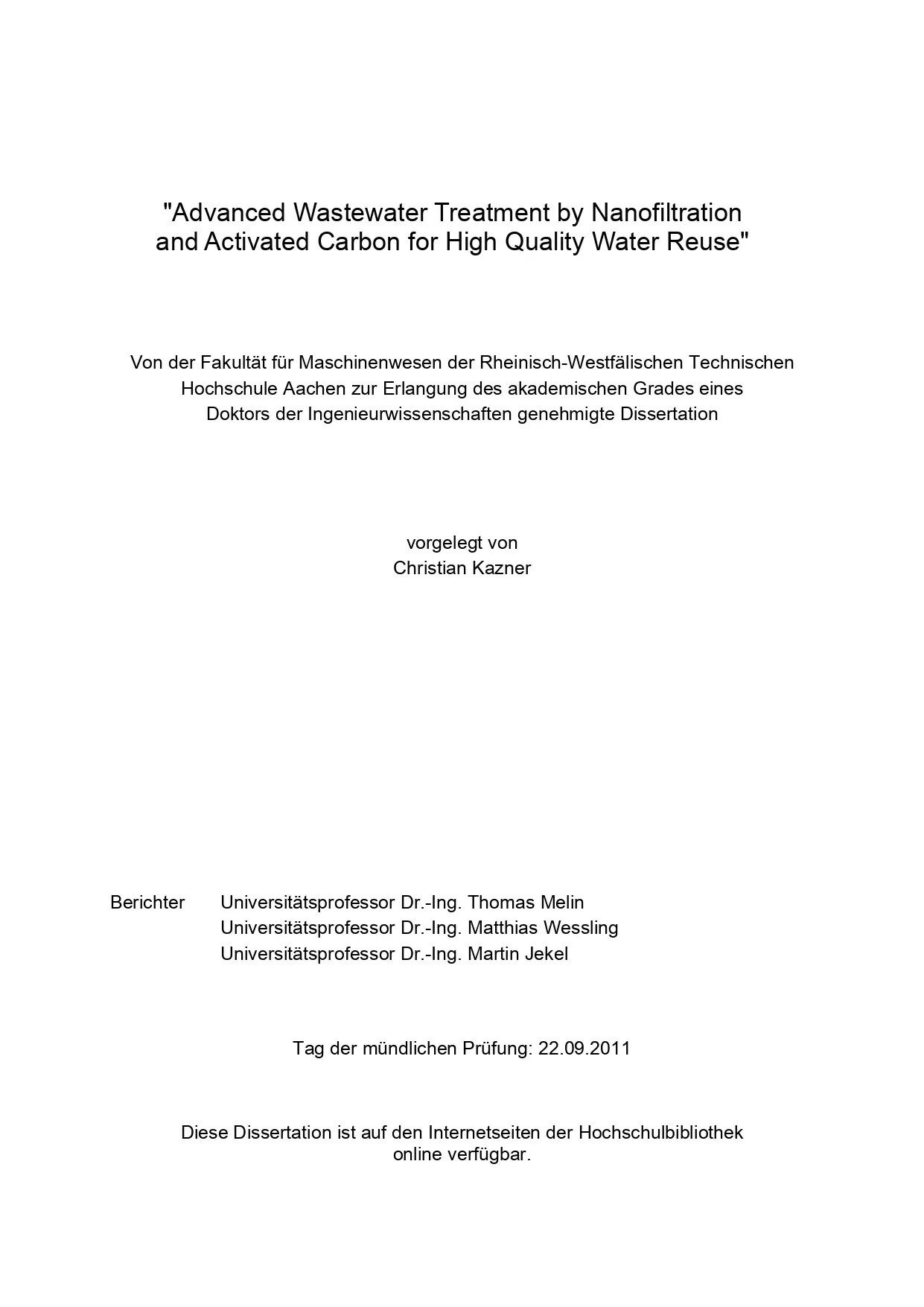
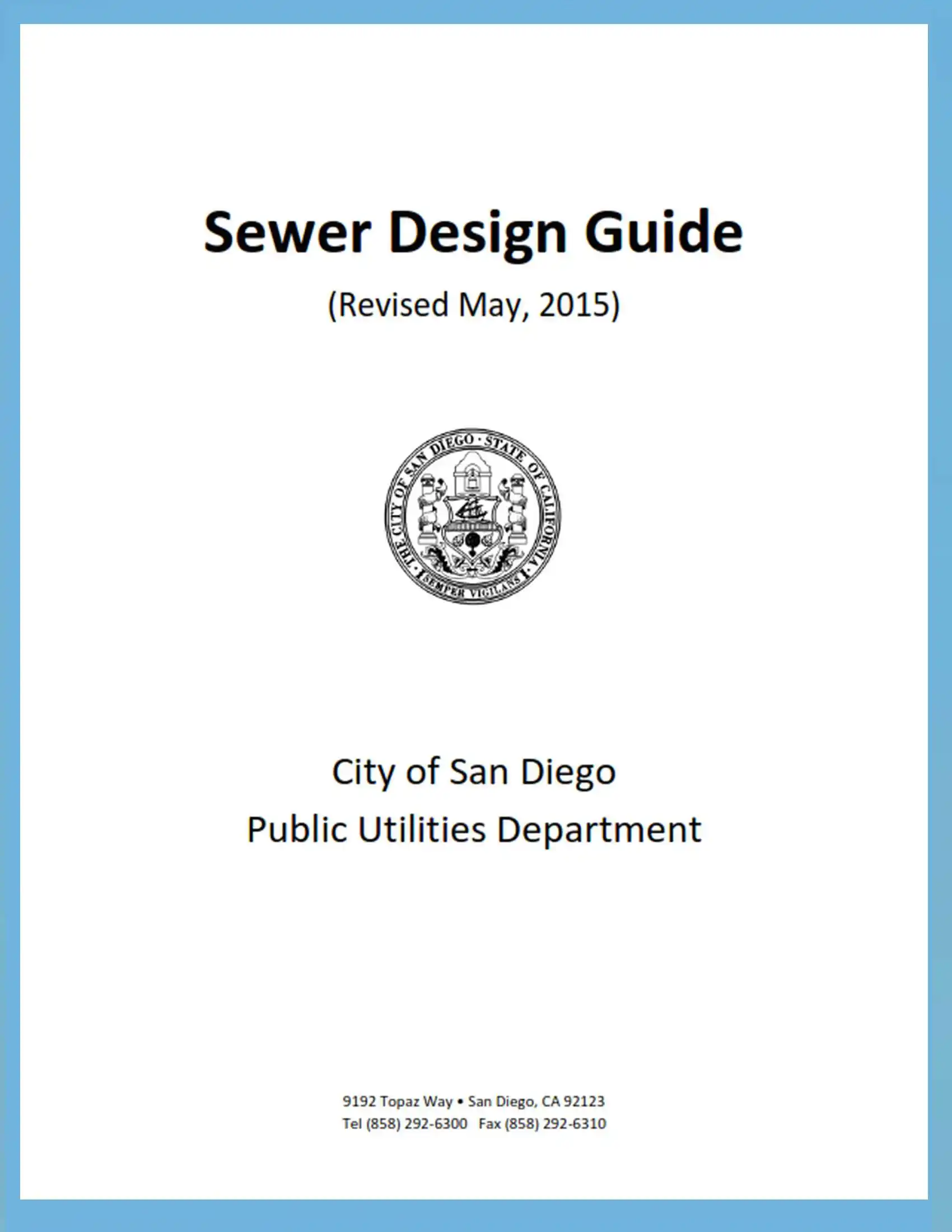

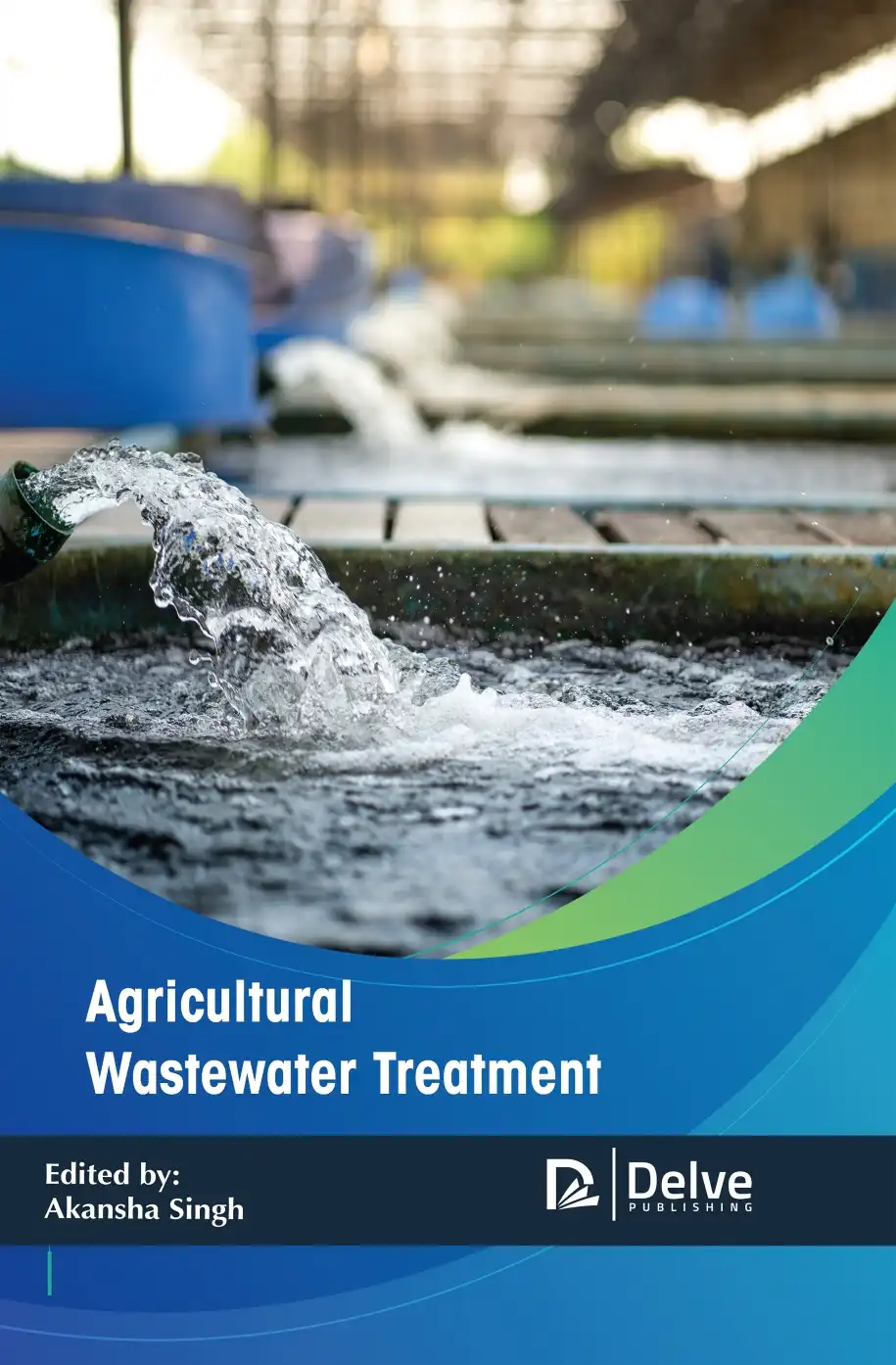
Reviews
There are no reviews yet.